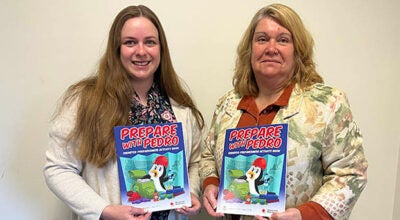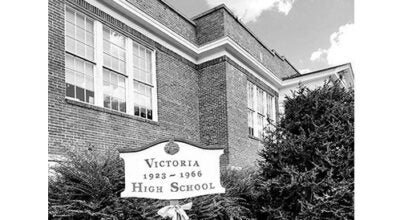Still no fix for school shortfall
Published 8:00 am Thursday, March 2, 2023
|
Getting your Trinity Audio player ready...
|
We still don’t have an answer for the $201 million school budget shortfall. Now it looks like a solution could take more time to arrive. On Thursday, Feb. 23, the Virginia House of Delegates adjourned for this session without taking a vote on the state budget, leaving school districts still waiting. The Senate followed two days later, adjourning “sine die” on Saturday, Feb. 25. Sine die means “with no appointed date to return”. So what does that mean for local districts? School officials say they’ll have to go forward and figure out how to absorb the cuts. According to Virginia Department of Education Director of Communications Charles Pyle, as of Monday, Feb. 27, Lunenburg County schools project to lose $92,000 this current year, with another $288,000 going away in fiscal year 2024.
EXPLAINING THE SHORTFALL
What are we talking about? From the end of Gov. Ralph Northam’s term to the beginning of Gov. Youngkin’s, there has been a push to get rid of the state’s grocery tax. That finally happened last year, removed as part of budget negotiations. Here’s where the problem comes in. Multiple members of the Assembly had said the schools would be “held harmless”, that is the state would find another source to give them the $201 million over two years it was taking away. That promise never ended up on paper, however. In the final budget signed in June 2022, there was no alternative source for that funding to come from.
And so, the state had $201 million less than before to give schools. But the Department of Education also made an accounting error. Each year, they give districts a budget tool, a mathematical formula that helps the district’s staff determine how much each district would receive from the state over the next two years. The department didn’t account for the loss of the $201 million, so their tool gave incorrect numbers.
The districts then used that incorrect information to set up their budgets, plan, pay for salaries and make repairs.
WHAT’S THE DIFFERENCE?
Now the money is included in both the Virginia House and Senate versions of the budget, but it’s in different amounts. The House version, for example, would give $90 million for this current year, to cover the $58.1 million shortfall. Next year, however, it would only allocate $77 million for the remaining $111 million budget hole.
The Senate version, however, fully covers the $201 million total budget shortfall over the two year period. And plus, there’s an extra $441 million Gov. Glenn Youngkin wants to add for schools, but both the House and Senate still have to debate how that would be spent, if they agree to add it.
CAN THE ASSEMBLY RETURN?
So what happens now? The House and Senate assigned budget negotiators earlier this month. That group will continue to try and reach a compromise. Once that happens, the House and Senate can come back into session and take a vote. But this isn’t a quick solution.
First, the governor will need to call the Assembly back for a special session. Then each lawmaker must receive a copy of the full budget. Under state law, the budget has to be given to lawmakers 48 hours before a vote takes place. And because the school funding has been attached to the overall budget, we won’t see a vote on the first piece until the entire package is agreed to.
In a statement released after the full Assembly adjourned, Virginia Gov. Glenn Youngkin said he was happy with what had already been accomplished in this year’s session, but there was more to be done.
“I’m pleased with the efforts we’ve made to protect Virginia farmland from our foreign adversaries, reform occupational licensing to expand worker freedom, realign our workforce development pipeline, bolster school resource officers, make a strong stand against antisemitism, and take care of our veterans,” Youngkin said. “I stand ready to work with the general assembly as we finalize a budget.”
Both sides have said they want to avoid a similar situation to last year. In 2022, the budget wasn’t agreed on and signed by the governor until June.




